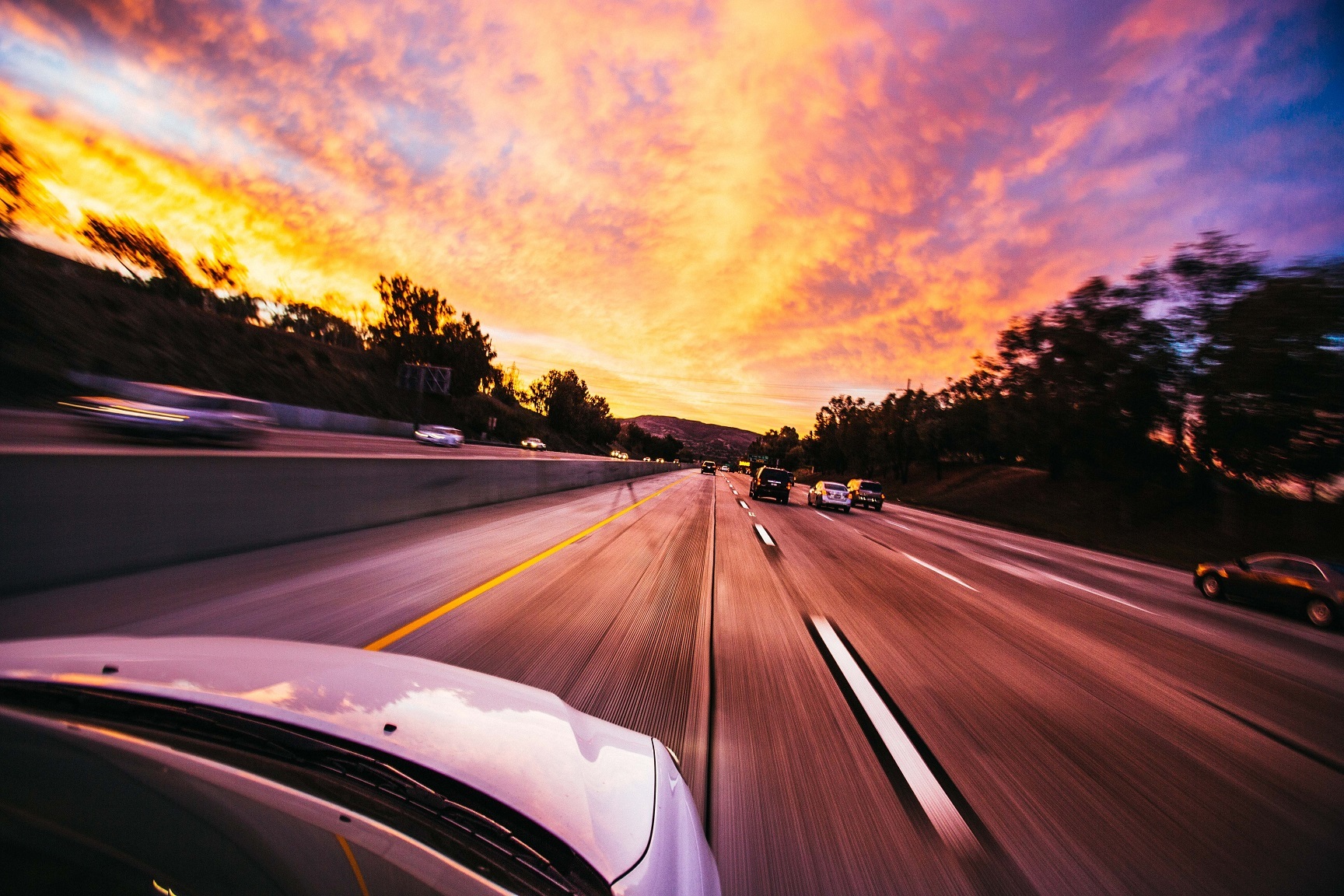The past few years have been very fruitful for the website design industry. Technological advances, changes in consumer preference, peculiarities in browsing behavior, and a more dynamic market all contribute to a rise of innovative, effective, and powerful web features. All these factors have made web design more challenging---and exciting!
As 2019 begins, multiple web design trends have begun to emerge. Let’s check out some of the most notable design trends that we can expect to see this year.
1. Mobile friendly design

The advent, popularity, and exponential sales growth of smartphones and tablets made mobile searches the highest search form globally, overtaking desktop search. In fact, Google now prioritizes mobile friendly sites over those that are not mobile responsive.
But having a mobile friendly site is not just about SEO. It is also important for improving user experience considering that a vast majority of people now browse the Internet through their mobile devices.
This emphasis in mobile friendliness resulted in a fundamental shift in website design. Before, separate websites were created for desktop and mobile devices. But today, it is imperative to design mobile friendly websites that automatically adjust for desktop and mobile screens of all shapes and sizes.
2. Optimized for search

Google has upped their search algorithms, utilizing AI and humans to scan and rank websites. While only Google knows the exact algorithms and methodologies for rankings, it is important for websites to be optimized for search engines. That means, content must be relevant, useful, and interesting to your target audience. Even though strategic keywords should be inserted in your text, the copy should primarily be written for human readers, not for search engines (no overloading of keywords). Outbound links must point to authoritative sources relevant to your business.
Employing black-hat SEO techniques (i.e. techniques intended to “fool” the search engine algorithm) such as duplicate content, keyword stuffing, and keyword concealment will get the website penalized.
3. Fast loading speed

Today’s generation wants to have things done right away. This notion also applies to website browsing. Studies show that viewers leave the website if it takes more than three seconds to load. With this in mind, websites must be designed to load quickly.
It’s also important to note that Google has considered loading speed as a ranking factor. The faster the website loads, the higher the rank.
4. High performance minimalist design
The competition to capture a target market’s ever-diminishing attention span is incredibly fierce. Any obstacle such as a confusing navigation, a very long text block, too many pages or clickable links, pop-up ads, or a messy layout can make visitors leave a website without a second thought -- literally, a second.
Thus, the upcoming trend is to opt for minimalist but effective web design. A minimalist design reduces consumption of power and bandwidth, which helps increase loading speed. In addition, a minimalist website is clear, clean, easy to navigate and easy to read, allowing the user to get to the core information quickly. This increases the chances of conversion and length of stay while reducing bounce rates.
5. Curves and geometric shapes
The eye naturally follows lines and curves. Smart web designers take this psychology to their advantage. They use geometric shapes such as squares, triangles, straight lines as well natural curves. All these can be utilized to direct the viewer's’ attention to the most important aspects of the website.
Many designers also insert important elements in geometric shapes, enabling viewers to focus their attention on the most important content on the website.
6. Different ways of scrolling
New templates, features, and technologies allow web designers to try more ways to make their designs more effective and imaginative. The disruption of expectations makes the website unique and interesting. Scrolling proves to be one of the functions that designers continue to play with.
Typically, users scroll down to reach the information at the bottom. But in the hands of imaginative designers, they can make scrolling much more interesting. For example, web pages may slide in as the user rolls the mouse wheel. Or perhaps, web pages may be “flipped” rather than scrolled as if turning the pages of a book. This works particularly well with mobile devices.
Just like interactive elements, unorthodox scrolling, being different and interesting, helps keep users glued on to the website.
7. Personalization

According to Segment, 44% of customers are most likely to repeat their purchase if they receive a more personalized experience. Mirroring this statistic is SalesForce’s study, revealing that 62% of customers expect business providers to send personalized discounts or offers. Finally, a study from Deloitte says that 36% of customers are interested and willing to buy personalized products and services.
Many companies now realized how important personalized interaction is. Take, for example, Meetup.com. Using the information the user inputted when he or she registered on their site, the system provides personalized results when that user searches for groups and events. The same thing with Medium.com. The system shows the user relevant articles based on his or her browsing habits and the information inputted upon registration.
Many companies, especially those with e-commerce sites, also use personalizing methods such as showing users products related to those that they have already purchased or put in their shopping cart but did not buy.
8. Chatbots (chat boxes)

As AI technology continues to advance, so do features that make use of it. Chatbot technology is an example. Chatbots are computer programs that conduct conversations through textual stimuli, simulating how a human would respond as a partner in conversation. That means, when a user types a query, the program scans the input then selects a reply based on matching keywords or similar wording pattern from a database. Chatbots are generally used for customer service or data acquisition.
2019 will include chatbots showing up more and more in websites. Chatbots offer website business owners a lot of value. For one, a business owner can personalize their chatbot’s responses, making it seem like someone is personally reaching out to you when you first come to a website.
By using a chatbot, businesses can save money; they get additional customer service without having to hire additional customer service reps.
However, many companies are combining a mix of automated messages and customer service reps who answer chats. This dual strategy ensures that questions are answered in real time and provides an additional level of trust and relationship building when a new user is interested in your product or service.
9. Augmented Reality
Snapchat Filters. Pokemon Go. Remember these? They’re really fun, right? All these use augmented reality (AR). This is technology wherein objects in the real world are “augmented” by computer-generated information.
The nice thing about AR is that it doesn’t need huge, clumsy equipment such as giant headphones or goggles like those used in VR. With just earphones and a mobile phone, users can fully enjoy the experience of AR.
For now, AR is more common in the realm of entertainment. However, as technology advances, the use of AR would extend into web design and everyday applications. The company can offer AR through web application without needing to install it! Now that’s great user experience, don’t you think?
Just imagine: you walk into a grocery store because you want to cook up a new dish for dinner. You pull up your phone and log in to the store’s website. The AR feature visually points out where the ingredients you need are found in that store.
Web design is an industry wrought with so many changes and developments that will make websites better, more powerful, and more engaging! Yes, 2019 is looking really good for your website!
